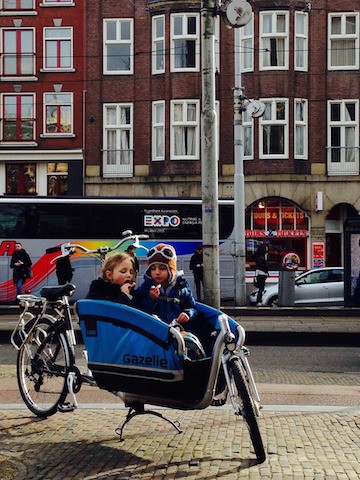 It can be challenging to raise a generous child in today's world, which is mostly filled with adolescents who have a "self first" mindset.
It can be challenging to raise a generous child in today's world, which is mostly filled with adolescents who have a "self first" mindset.
However this is also precisely what makes this virtue all the more important. When kids are taught to be generous at a young age, they will adopt this attitude all their life.
With that in mind, here are some top tips on how to teach generosity to your child.
1. Practice taking things in turn
One way to teach how to share is by applying the turn-taking principle. For instance, if you’re doing something fun like feeding your dog, you can tell your child after that it is their turn. If you bought a new stuffed toy, you can hug it then tell your child, “your turn!” Let them pass it around, sharing it to whoever has the next "turn". BabyCenter defines it as a subtle yet powerful way to instil the idea that when you have something good or fun, you should share it with others.
2.. Stick to positive reinforcement
A lot of kids tend to hold on to their belongings for no reason at all, so when you see them share, don’t forget to praise them. Even small gestures such as feeding their sibling or sharing the sofa should be commended. Also, when you see people outside sharing what they have, you can point it out and say, "look at that nice lady, buying a homeless person a meal."
3. Avoid establishing a sense of ownership
A sense of ownership is learned by children as early as the age of 3, and WebMD cautions that ownership may be a prelude to possessiveness. So how do you avoid this? Try making toys a communal possession. Make playtime a group activity, and avoid a "that’s yours and that’s theirs" mindset. If your child is playing with something that they should not be playing with – like a spoon for example – don’t tell them to leave the spoon alone because it is not "theirs". Just say, "the spoon is not a toy" or "leave the spoon alone". They will have their own stuff eventually as they grow up, but the key is to give them a collective sense of self, one that does not hesitate to share.
4. Participate in volunteering activities The core essence of volunteering is to do or give something without expecting anything in return. This is why it's a great way to demonstrate the importance of sharing. Save the Children suggests letting your child participate in a fundraiser at school or join a child-friendly outdoor activity like Peppa Pig's Muddy Puddle Walk. These are not only fun social activities; they also expose your child to positive environments, teaching them the value of caring for people they do not even know.
5. Make yourself an example of sharing and kindness
Children learn best by example, so if they see you sharing what you have with a person in need, they will eventually pick it up. It's natural for parents to put their child’s interest before theirs, but your example goes beyond the boundaries of your home. Sending gifts to friends or neighbours, or even simply giving food to a stray dog can go a long way. Generosity should be extended to all people and living things. To learn more about some of the ways you can do this, be sure to read Parenting Without Tears' tips on practicing kindness.
